Contemporary art is difficult. Who in the world is it and how is it valued?
If you have ever tried to learn about contemporary art, you may have had such a puzzling experience.
Read the "100 People for Understanding Contemporary Art" series to get a comprehensive overview of the major domestic and international players in the art world.
1. Yayoi Kusama
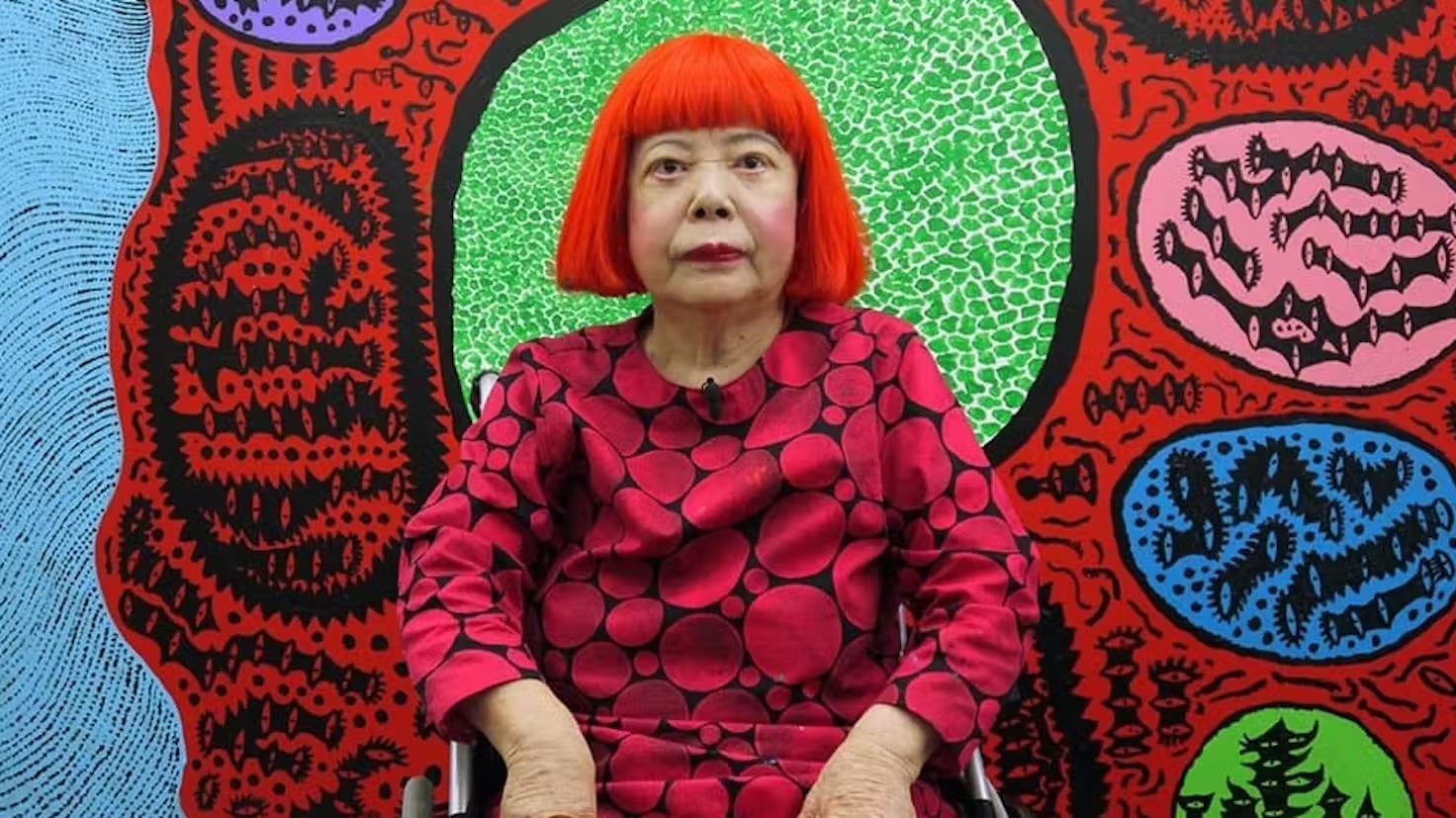
Yayoi Kusama has become the world's most successful female artist in recent years.
In 2019, her work reportedly accounted for 25% of the market in all auction sales of art created by women.
From polka-dot and pumpkin sculptures to rooms mirrored in all directions and bizarre three-dimensional works, Yayoi Kusama's practice extends beyond the boundaries of mediums and motifs.
The authentic "Yayoi Robot," seen in Louis Vuitton store windows, continues to captivate art fans around the world.
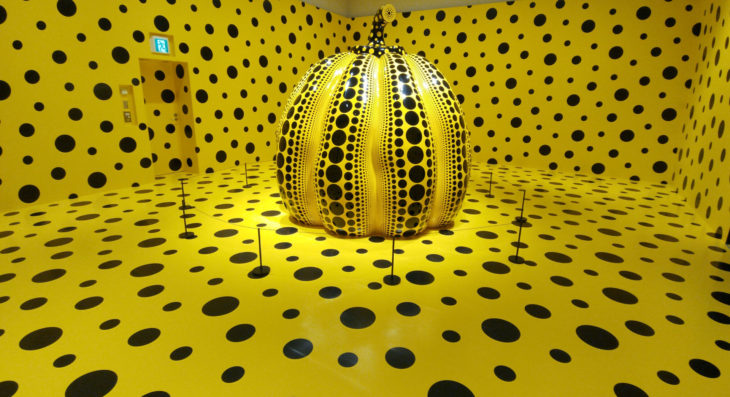
2. Takashi Murakami
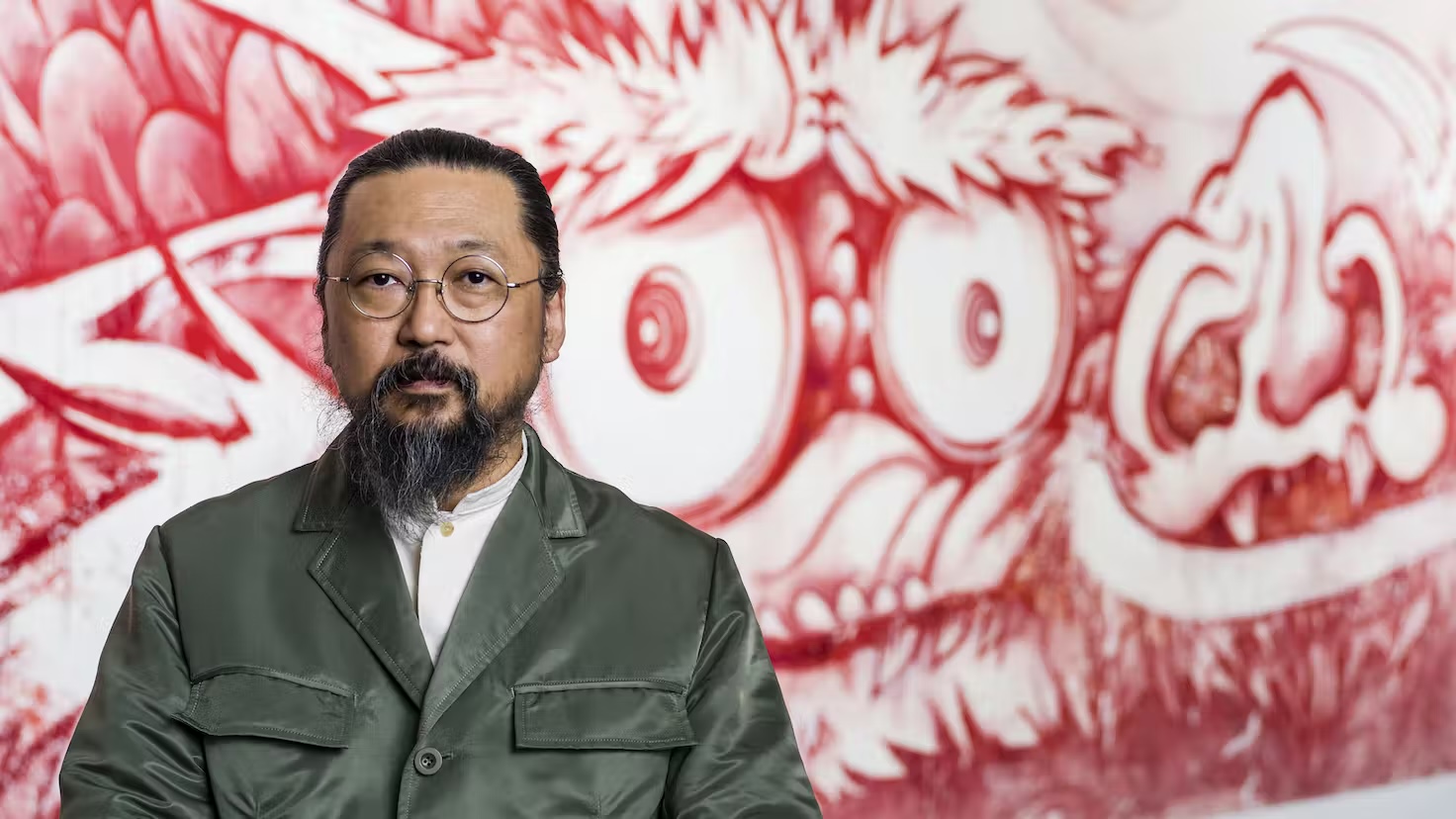
Takashi Murakami is known around the world as a proponent of the "Superflat" art movement.
He has taken up the unique Japanese pictorial expression found in manga and anime as "Superflat," and has made characters and patterns appear in his own works.
In 2010, he had a successful solo exhibition at the Palace of Versailles in Paris. He is a rare Asian artist who has strategically positioned himself in the history of Western art with iconic motifs, and is highly regarded around the world.
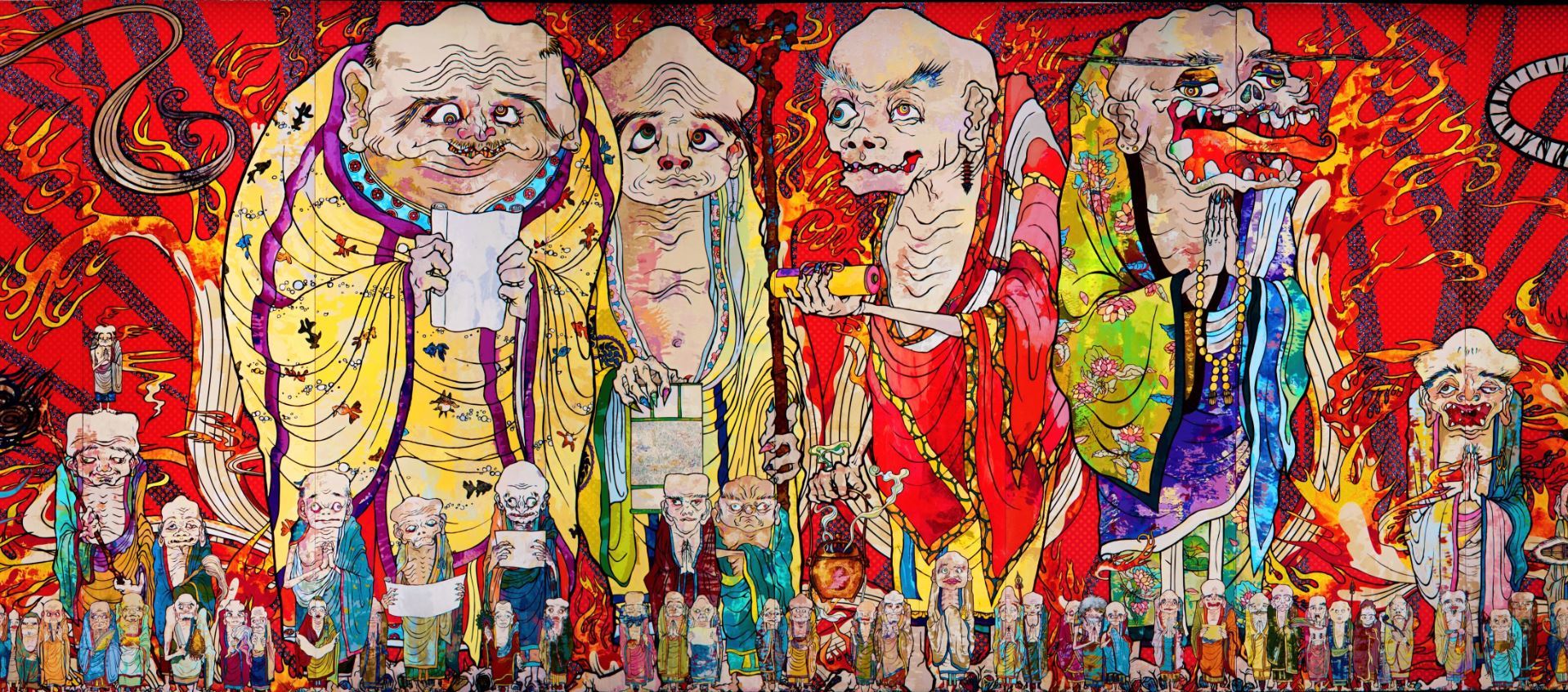
3. tatsuo miyajima

Based on the idea of "Art in You," Tatsuo Miyajima's works feature LEDs, such as digital counters using light-emitting diodes (LEDs).
They also work with computer graphics and video.
Recent projects include the "'Resurrection of Time' Persimmon Tree Project," in which seeds taken from persimmon trees exposed to the atomic bomb in Nagasaki are grown into saplings and planted with children around the world, and the "Sea of Time - Tohoku Project" in response to the 2011 Tohoku earthquake and tsunami.
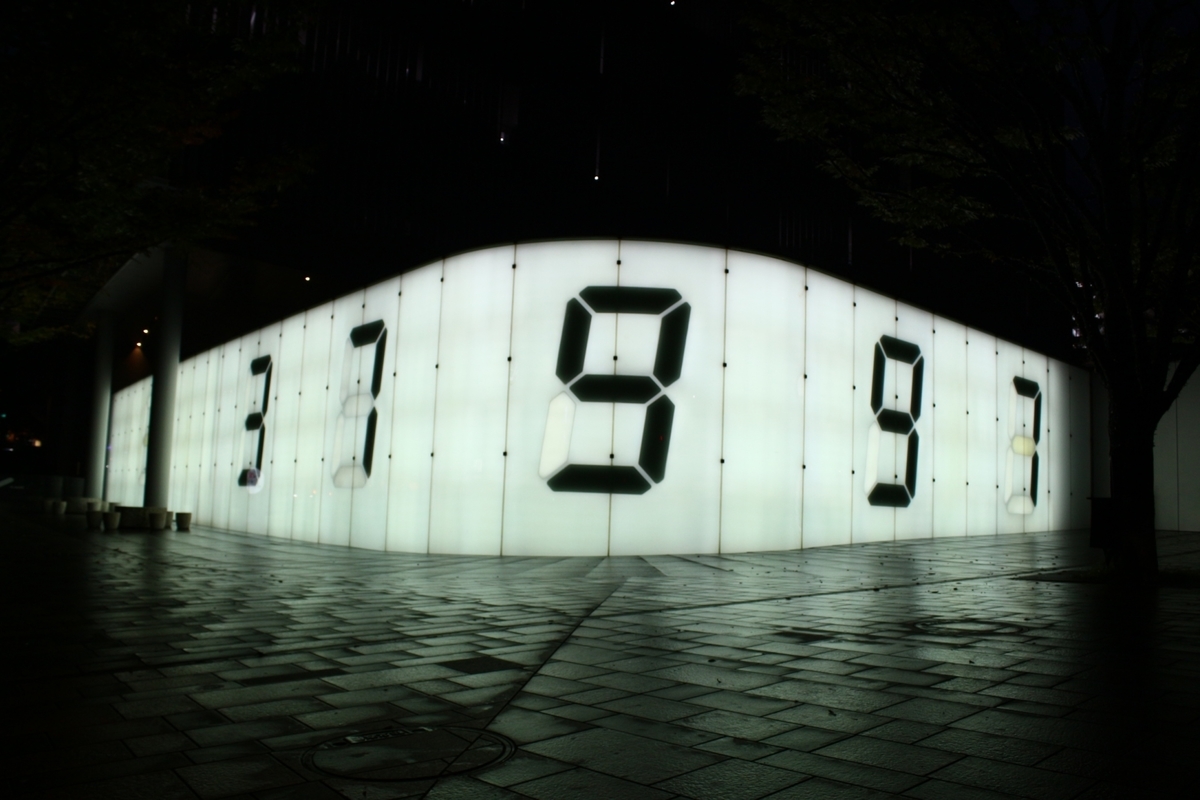
4. Yoshitomo Nara
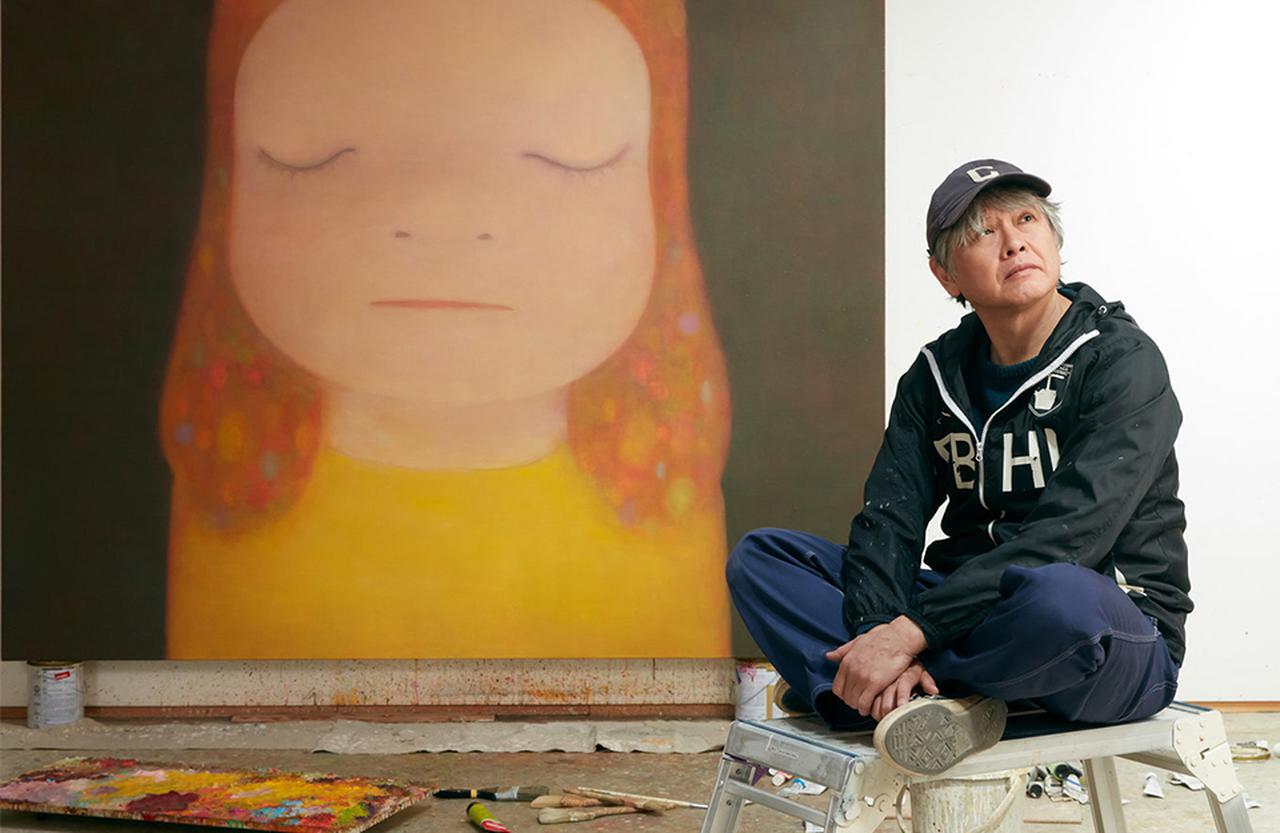
Yoshitomo Nara continues to create his own unique worldview through a wide variety of mediums, including drawings, paintings, sculptures, and installations that depict familiar children's figures and messages.
His art is also strongly influenced by punk music, and he continues to transmit his message of "LOVE & PEACE" to the world.
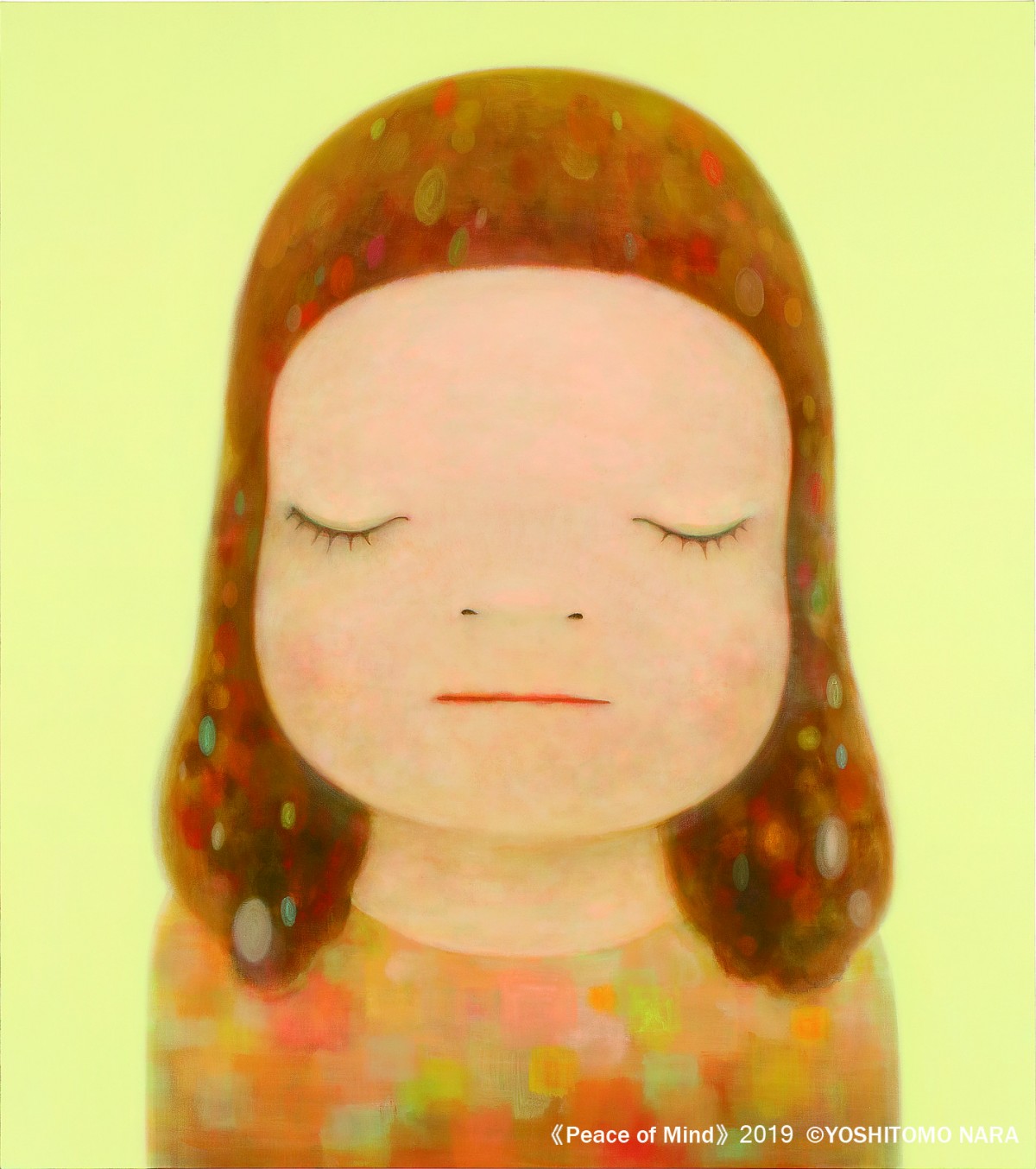
5. chiharu shiota
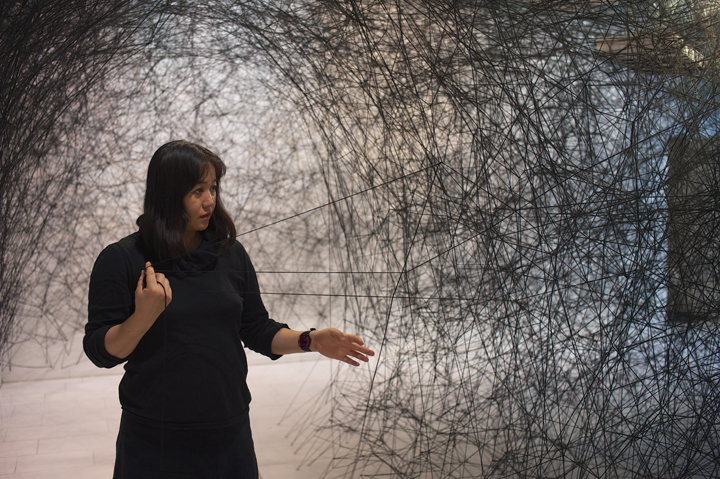
Born in Osaka in 1972, Chiharu Shiota moved to Germany as a student and has since exhibited large-scale installations and other works around the world.
She is an artist who uses motifs such as a huge number of intricately intertwined red and black threads, boats, and keys to give form to fundamental questions such as "what is life" and "what is existence".
He has successfully held a large-scale solo exhibition at the Mori Art Museum in 2019 and has actively participated in international exhibitions such as the 2016 Biennale of Sydney.
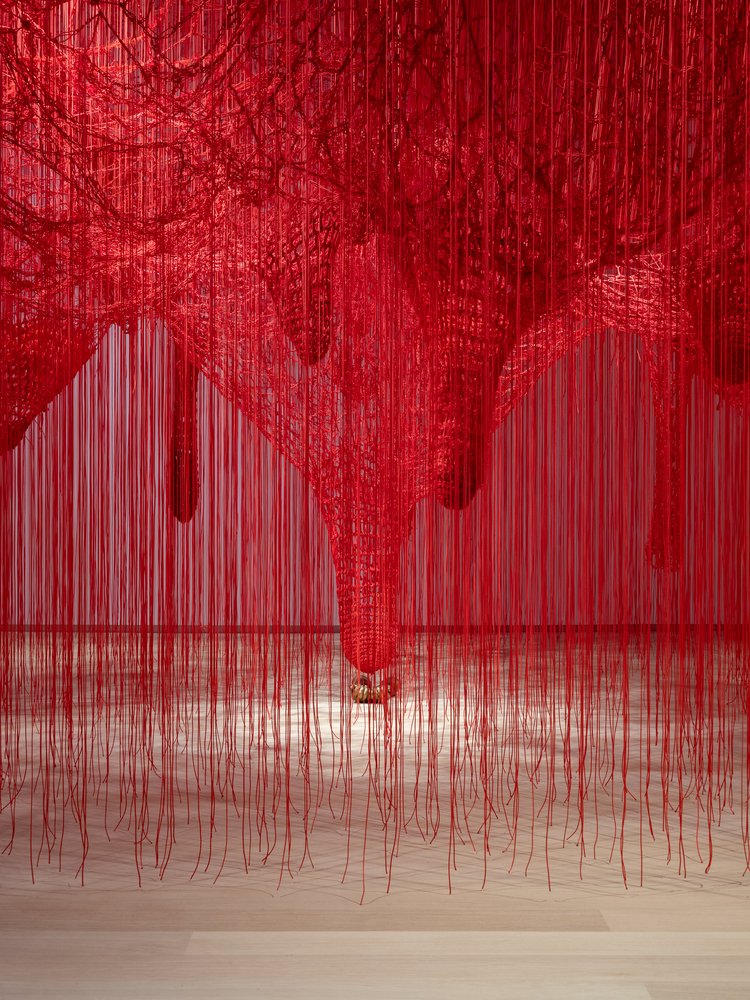
6. aida makoto
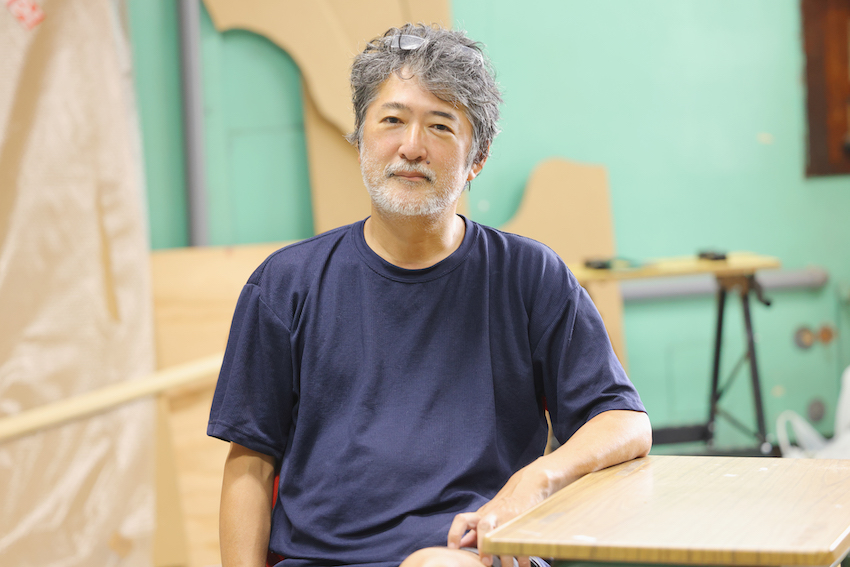
Makoto Aida's work has always been controversial, controversial, and controversial.
Aida's artistic activities include not only painting, but also photography, sculpture, performance, installation, novels, manga, and urban planning, both in Japan and abroad.
His sensational activities continue to draw attention, including accusations that his paintings are child pornography and lawsuits over the content of lectures he gives at universities.

7. go Ozawa
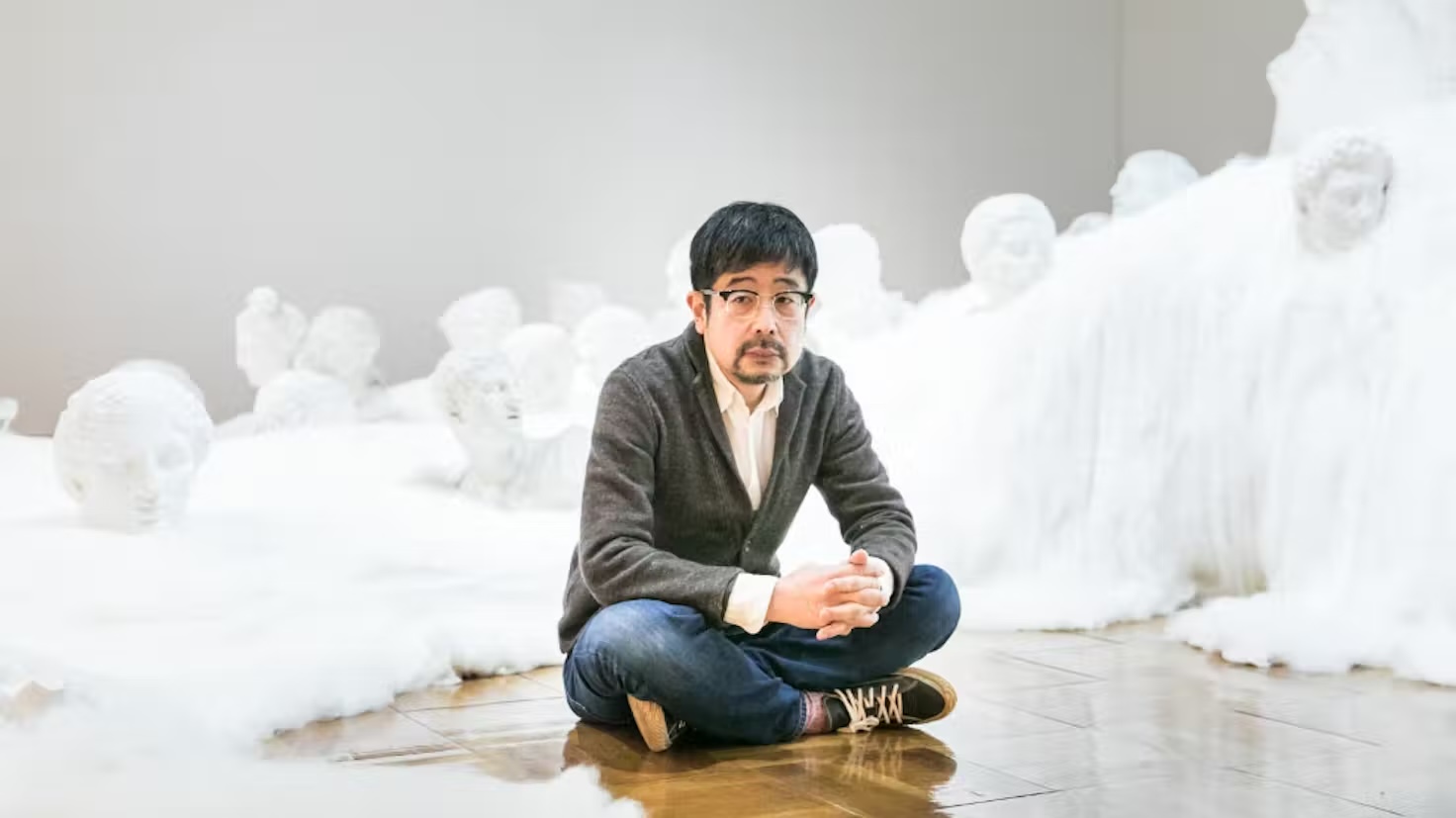
While a student at Tokyo University of the Arts, Ozawa erected his own Jizo statues in the landscape and photographed them in his "Jizo erection" series.
Since 1993, he has also exhibited his "Nasubi Gallery," an ultra-compact mobile gallery using milk cartons, and has continued to search for new forms of art that break free from the boundaries of conventional art forms.
He has been widely active both in Japan and abroad through works that sharply critique history and society from a unique perspective, mixing fact, fiction, and humor.

8. Lee Ufan

Known for his theoretical leadership of the "Mono-ha" school, a major trend in Japanese contemporary art, Lee Ufan's solo exhibition at the National Art Center, Tokyo in 2022 was widely acclaimed.
He has continued to vigorously exhibit minimalist, suggestive works that invite the viewer into philosophical contemplation, such as his "From Point" and "From Line" series, as well as his "Relational Term" series.
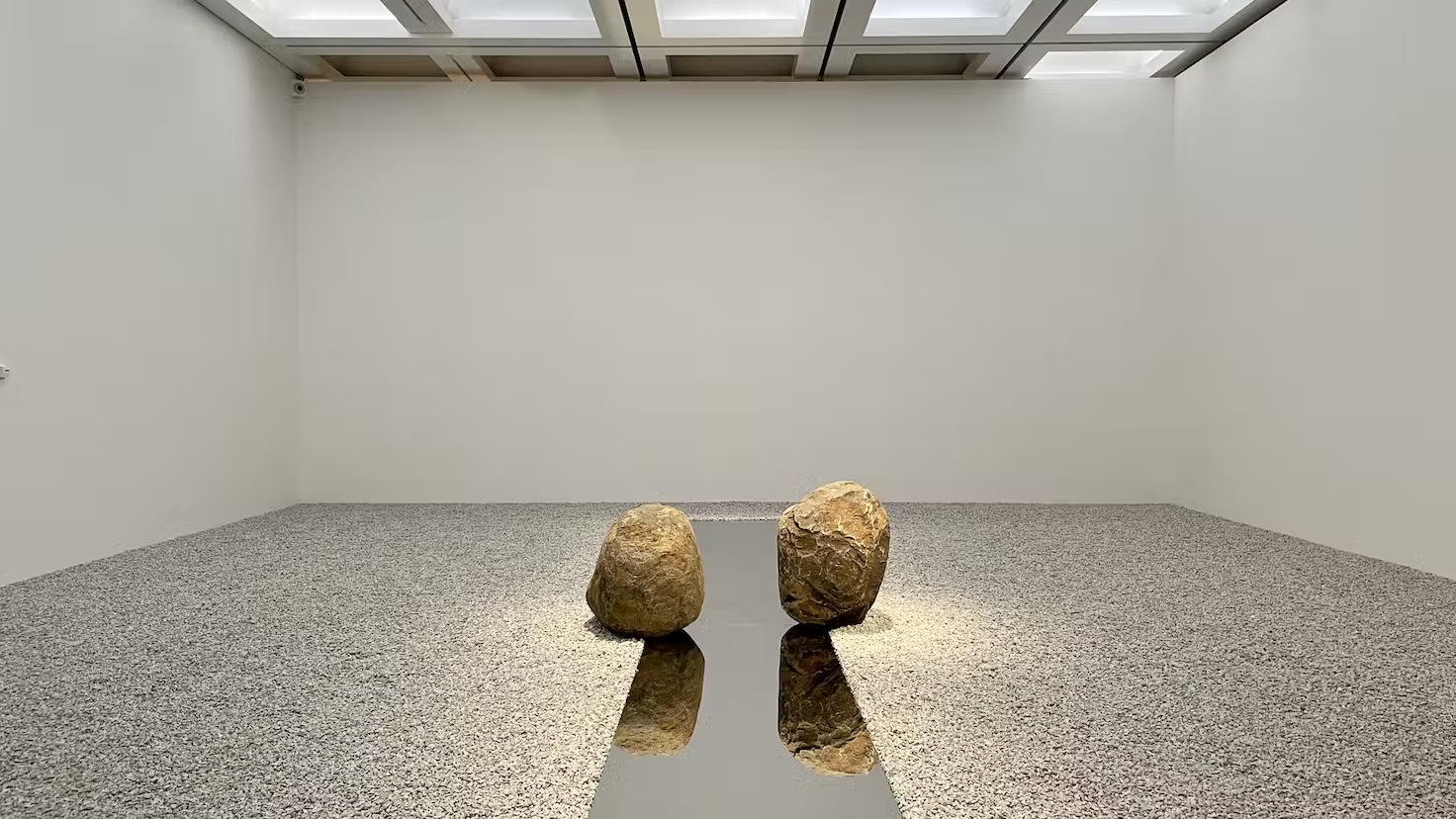
9. kishio suga
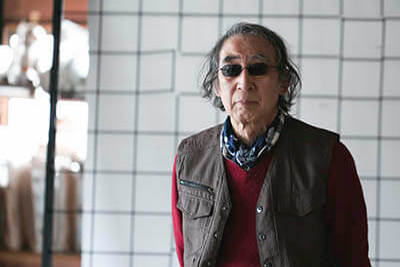
While a student at Tama Art University in the 1960s, Kishio Suga explored a deconstructive approach to art by reading the works of Jean Baudrillard, Gilles Deleuze, Kitaro Nishida, Nagarjuna, Vasubandhu, and others.
He is counted as one of the "mono-ha" artists.
Suga's minimalist worldview is realized through simple materials and compositions that skillfully manipulate gravity and tension.
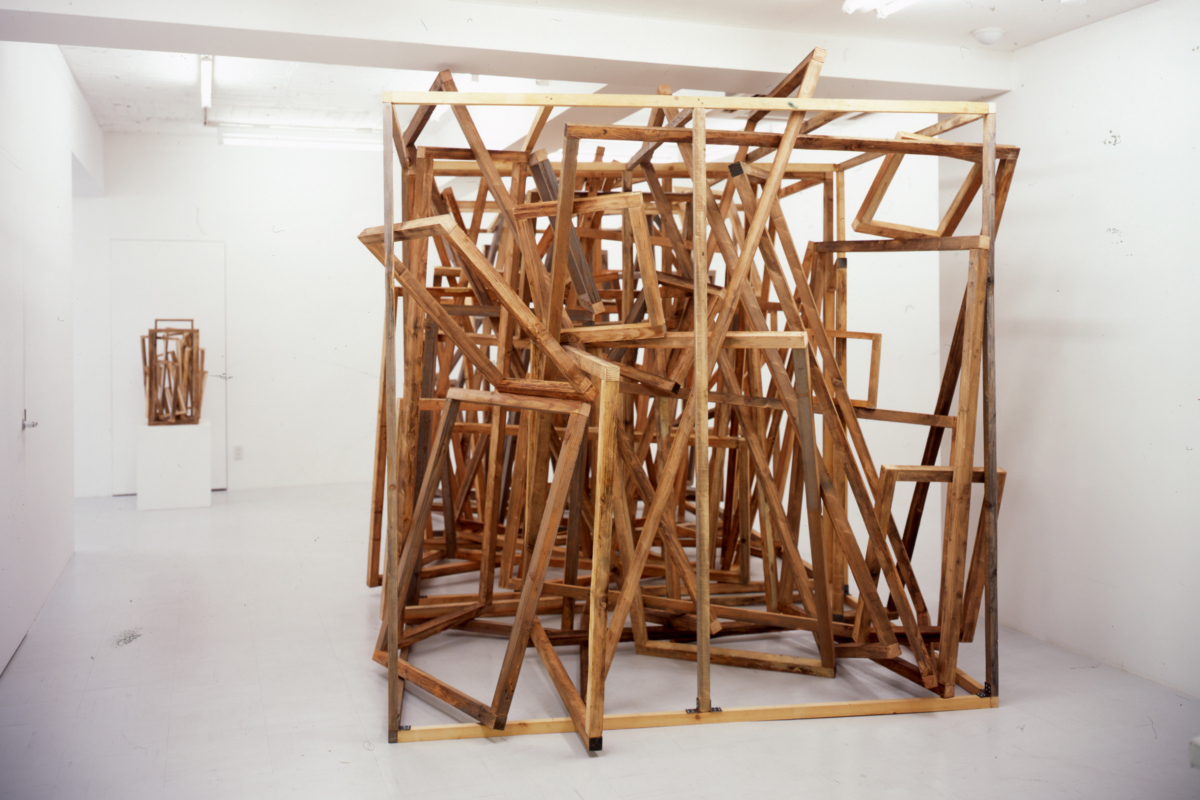
10. shinro ohtake
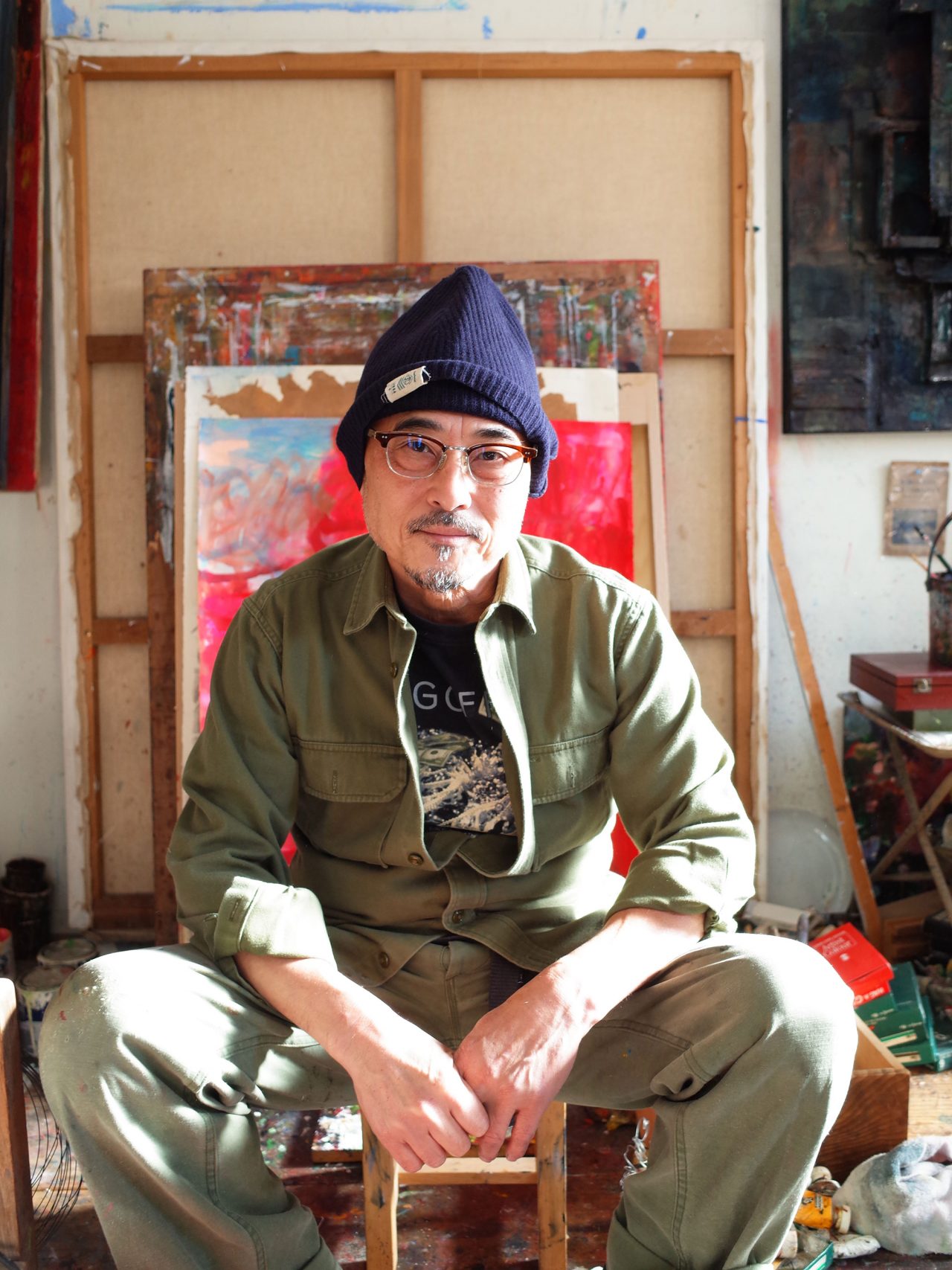
Ohtake's diverse expressions include paintings, as well as three-dimensional works incorporating sound, photography, and video.
In 1988, he moved to Uwajima, Ehime Prefecture, where he continues to base himself.
He continues to practice art that is not bound by conventional forms, such as the "I♥yu" public bathhouse in Naoshima.